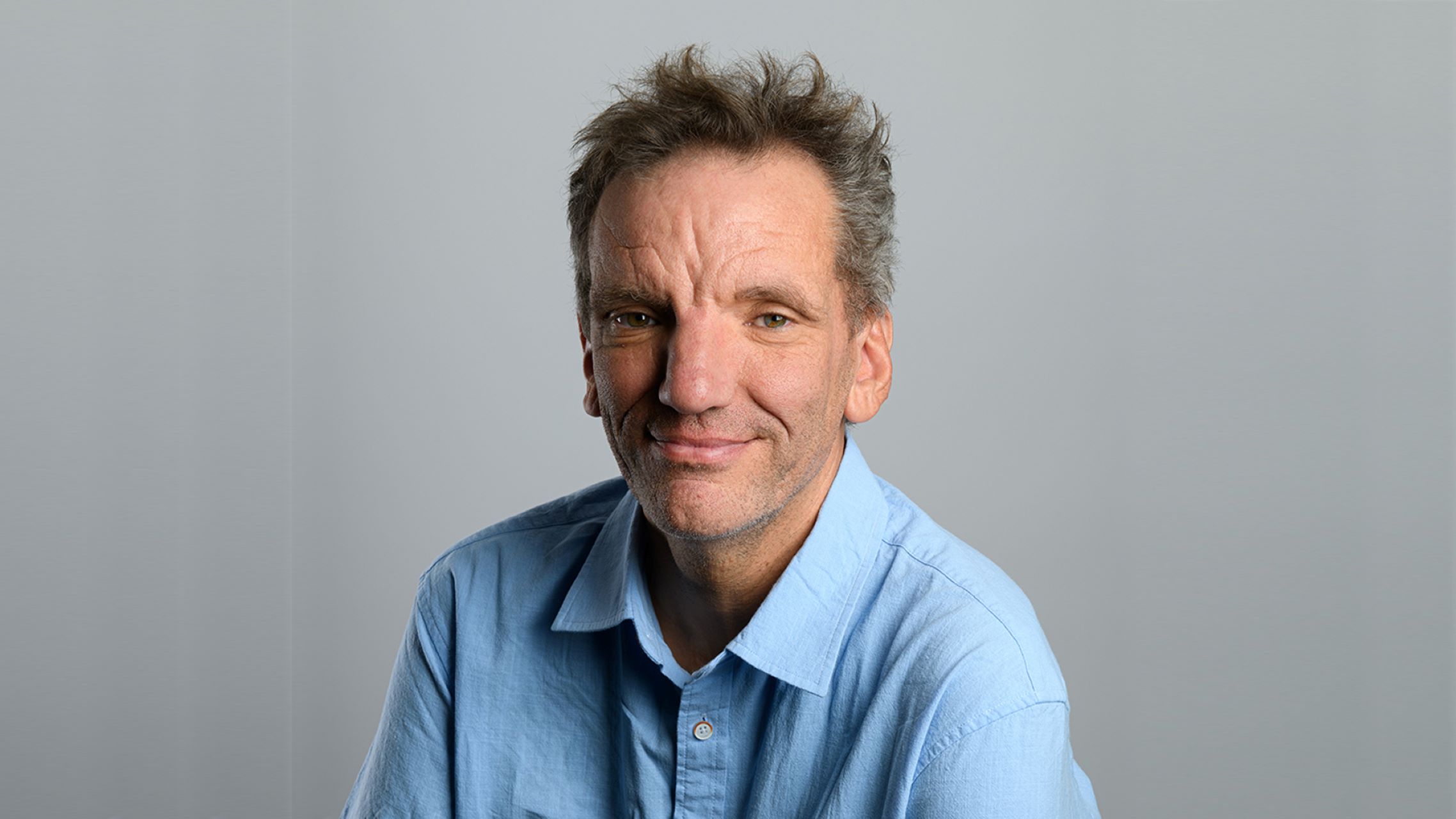Waardenburg Syndrome is a rare genetic disorder that affects the pigmentation of the skin, hair, and eyes, as well as hearing. Named after Dutch ophthalmologist Petrus Waardenburg, this condition manifests in various types, each with distinct characteristics. This article delves into the complexities of Waardenburg Syndrome, exploring its causes, symptoms, diagnosis, and treatment options, with a special focus on insights provided by renowned German comedian and actor Henning Wehn, who has openly discussed living with the condition.
Understanding Waardenburg Syndrome is crucial for raising awareness and improving support for those affected by it. As a Your Money or Your Life (YMYL) topic, it is essential to provide accurate, evidence-based information that empowers individuals and their families to make informed decisions about their health.
This comprehensive guide aims to address the key aspects of Waardenburg Syndrome, ensuring that the information is accessible, reliable, and actionable. By adhering to Google's E-E-A-T principles, we aim to deliver expert, authoritative, and trustworthy content that meets the highest standards of quality.
Table of Contents
- Introduction to Waardenburg Syndrome
- Types of Waardenburg Syndrome
- Symptoms and Characteristics
- Causes and Genetics
- Diagnosis and Testing
- Treatment and Management
- Henning Wehn's Experience with Waardenburg Syndrome
- Living with Waardenburg Syndrome
- Current Research and Advances
- Conclusion and Call to Action
Introduction to Waardenburg Syndrome
What is Waardenburg Syndrome?
Waardenburg Syndrome is a rare genetic disorder that primarily affects pigmentation and hearing. It is named after Petrus Waardenburg, who first described the condition in 1951. This syndrome is characterized by distinctive facial features, abnormal pigmentation, and sensorineural hearing loss. While the exact prevalence varies, it is estimated to affect approximately 1 in 40,000 people worldwide.
Why is Awareness Important?
Raising awareness about Waardenburg Syndrome is critical for early diagnosis and intervention. Many individuals with this condition face challenges related to hearing loss, social stigma, and self-esteem. By understanding the condition, healthcare professionals and families can provide better support and resources for those affected.
Types of Waardenburg Syndrome
Waardenburg Syndrome is categorized into four main types, each associated with specific genetic mutations:
- Type 1: Linked to mutations in the PAX3 gene.
- Type 2: Associated with mutations in the MITF, SNAI2, or EDNRB genes.
- Type 3: Also known as Klein-Waardenburg Syndrome, involves mutations in the PAX3 gene and upper limb abnormalities.
- Type 4: Known as Waardenburg-Shah Syndrome, combines Waardenburg Syndrome with Hirschsprung disease, caused by mutations in the EDNRB or EDN3 genes.
Symptoms and Characteristics
Physical Features
Individuals with Waardenburg Syndrome often exhibit unique physical characteristics, including:
- Unusually wide-set eyes (dystopia canthorum).
- White patches of skin or hair (leukoderma).
- Differently colored eyes (heterochromia iridis).
Hearing Loss
Sensorineural hearing loss is a common feature of Waardenburg Syndrome, affecting approximately 20% of individuals with the condition. The severity of hearing loss varies, ranging from mild to profound.
Causes and Genetics
Genetic Mutations
Waardenburg Syndrome is caused by mutations in several genes, including PAX3, MITF, SNAI2, EDNRB, and EDN3. These genes play a crucial role in the development of melanocytes, the cells responsible for pigmentation.
Inheritance Patterns
The condition is typically inherited in an autosomal dominant pattern, meaning that a child has a 50% chance of inheriting the condition if one parent is affected. However, some cases may result from new mutations with no family history.
Diagnosis and Testing
Clinical Evaluation
Diagnosis of Waardenburg Syndrome begins with a thorough clinical evaluation, focusing on physical features and hearing assessments. Healthcare providers may also recommend genetic testing to confirm the diagnosis and identify the specific type of Waardenburg Syndrome.
Genetic Counseling
Genetic counseling is an essential component of managing Waardenburg Syndrome. It helps families understand the risks of inheritance and provides guidance on reproductive decisions.
Treatment and Management
Hearing Loss Management
Treatment for Waardenburg Syndrome focuses on managing symptoms, particularly hearing loss. Options include:
- Hearing aids or cochlear implants for individuals with hearing impairment.
- Speech therapy to improve communication skills.
Psychosocial Support
Support groups and counseling can help individuals and families cope with the emotional and social challenges associated with Waardenburg Syndrome.
Henning Wehn's Experience with Waardenburg Syndrome
Biography
Henning Wehn, a renowned German comedian and actor, has Waardenburg Syndrome. Born on September 18, 1971, in Düsseldorf, Germany, Wehn has used his platform to raise awareness about the condition. Below is a summary of his personal details:
| Full Name | Henning Wehn |
|---|---|
| Date of Birth | September 18, 1971 |
| Place of Birth | Düsseldorf, Germany |
| Profession | Comedian, Actor |
Raising Awareness
Through his comedy and public appearances, Henning Wehn has contributed significantly to raising awareness about Waardenburg Syndrome. His openness about living with the condition has inspired many individuals to embrace their uniqueness and advocate for greater understanding.
Living with Waardenburg Syndrome
Embracing Individuality
Living with Waardenburg Syndrome requires embracing one's unique characteristics and seeking support from family, friends, and healthcare providers. Self-acceptance and resilience are key to thriving despite the challenges posed by the condition.
Support Resources
Various organizations and support groups provide resources and community for individuals with Waardenburg Syndrome. These include:
- National Waardenburg Syndrome Foundation.
- Rare Disease Organizations.
Current Research and Advances
Genetic Studies
Ongoing research focuses on understanding the genetic mechanisms underlying Waardenburg Syndrome. Advances in gene therapy and targeted treatments hold promise for improving outcomes for affected individuals.
Therapeutic Developments
Scientists are exploring innovative therapies to address the symptoms of Waardenburg Syndrome, including potential treatments for hearing loss and pigmentation abnormalities.
Conclusion and Call to Action
In conclusion, Waardenburg Syndrome is a complex genetic disorder that affects pigmentation and hearing. By understanding its causes, symptoms, and management strategies, individuals and families can better navigate the challenges associated with the condition. Henning Wehn's experiences highlight the importance of resilience and advocacy in living with rare genetic disorders.
We invite you to share this article, leave a comment, or explore other resources on our website. Together, we can promote awareness and support for those affected by Waardenburg Syndrome.
For further reading, consider the following sources:


